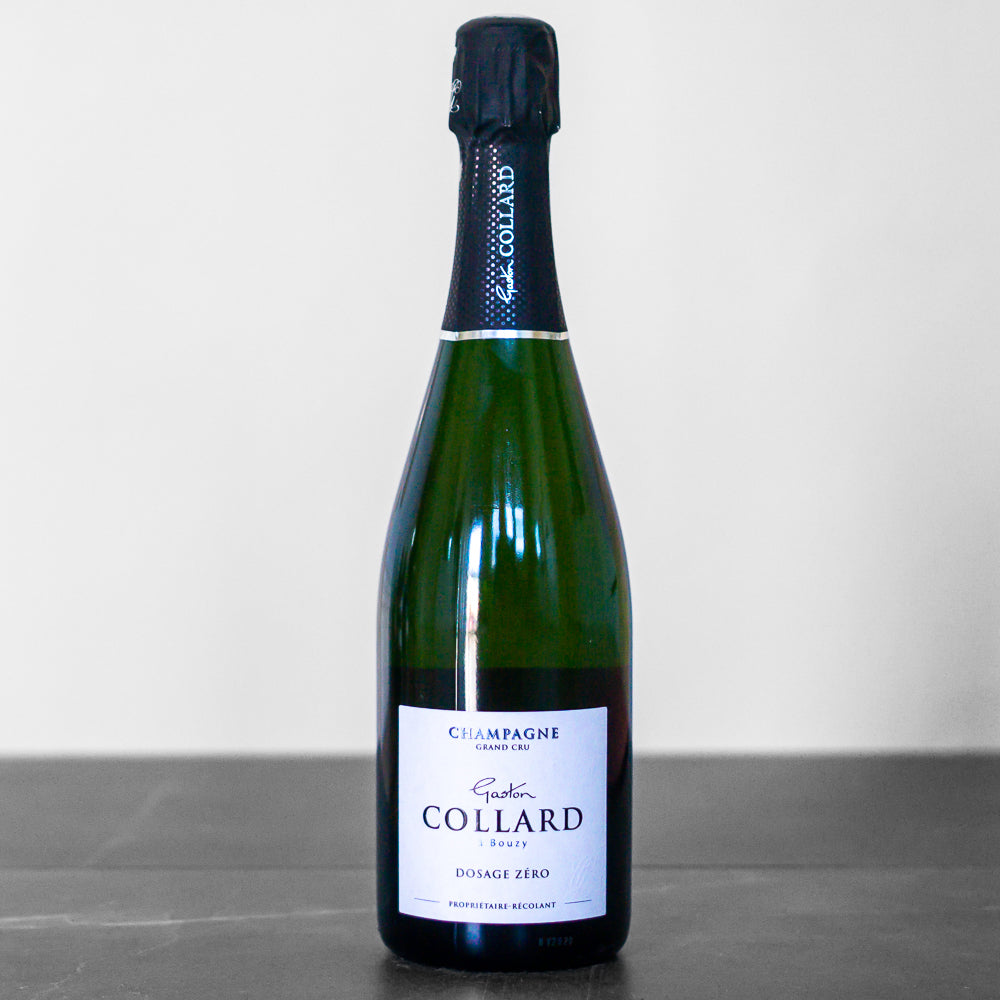This collection of over 150 grape varieties were given to Pheasant’s Tears by the Ministry of Agriculture to help preserve and research indigenous grape varieties. It’s a co-plantation and co-fermentation of a mix of yellow, green, pink, red, purple and blue varieties, a day glow spectrum of color and texture.
Direct press into qvevri, then racked into stainless steel 6 months later. Aged for one year, then bottled.
Pheasant's Tears
It’s not an exaggeration to say that John Wurdeman, an American artist, musician, restaurateur, and winemaker, is responsible for igniting global interest in the wines and winemaking traditions of Georgia. Considered by some to be the birthplace of wine, Georgia is one of the oldest winemaking regions in the world, with evidence of vinification stretching back 8,000 years.
John and his business partner, Gela Patalishvili, opened Pheasant’s Tears in 2007, focusing on tracking down and reviving near-extinct native grape varieties from all around Georgia, which is home to over 500 indigenous varieties. They ferment and age the majority of their wines in qvevris, traditional amphorae that are buried underground. Recently, they’ve also incorporated stainless steel into their winemaking. The winery is based in Tibaani, while their vineyards are located both nearby and across the country, stretching from the western region of Adjara to the volcanic terroir of Meshketi in the south.
From the beginning, their aim has always been to highlight the country’s immense native diversity and centuries-old winemaking traditions. Put simply, they wanted to create wines that honor and represent the land and culture that they both love dearly, with a focus on ancient techniques and vessels. Organic farming practices and minimal intervention in both the vineyards and cellar have been integral to their mission. Today, they work with hundreds of ancient varieties that they sought out and initially propagated themselves, including Rkatsiteli, Saperavi, Tsolikouri, and lesser-known varieties.
John has had an indelible impact on protecting and promoting Georgian wine: in addition to Pheasant’s Tears, he founded Tbilisi’s first natural wine bar, Vino Underground, in 2010, and helped found the country’s Natural Wine Association.
So how did a kid from Virginia wind up igniting a Georgian wine renaissance?
Born in New Mexico and raised in Virginia by artist parents, John was drawn to Georgia from a young age, after being introduced to traditional Georgian folk music (polyphonic music) by an exchange student that he met in high school and later married.
After college, John moved to Russia for graduate studies at the renowned Surikov Art Institute. While there, he visited Georgia for the first time in 1995, returning the following year to help a friend harvest grapes and to explore the traditions of harvest time through his art. A fateful visit to the village of Sighnaghi convinced him to move there; in a matter of weeks, he bought a house overlooking the Alazani Valley, which included a small vineyard and orchard.
John and his first wife soon separated; he remained in the village and later met his second wife, Ketevan Mindorashvili, who grew up there and is a specialist in local folk music. It was Ketevan who introduced him to Gela Patalishvili, a local farmer and winemaker who would become John’s business partner in Pheasant’s Tears.
The winery’s name is a nod to a Georgian folk tale, which states that only a truly superlative wine could make a pheasant cry tears of joy. These are the types of wines that Pheasant’s Tears strives to make, and which we couldn’t be prouder to welcome into our portfolio as our first-ever producer from Georgia.











